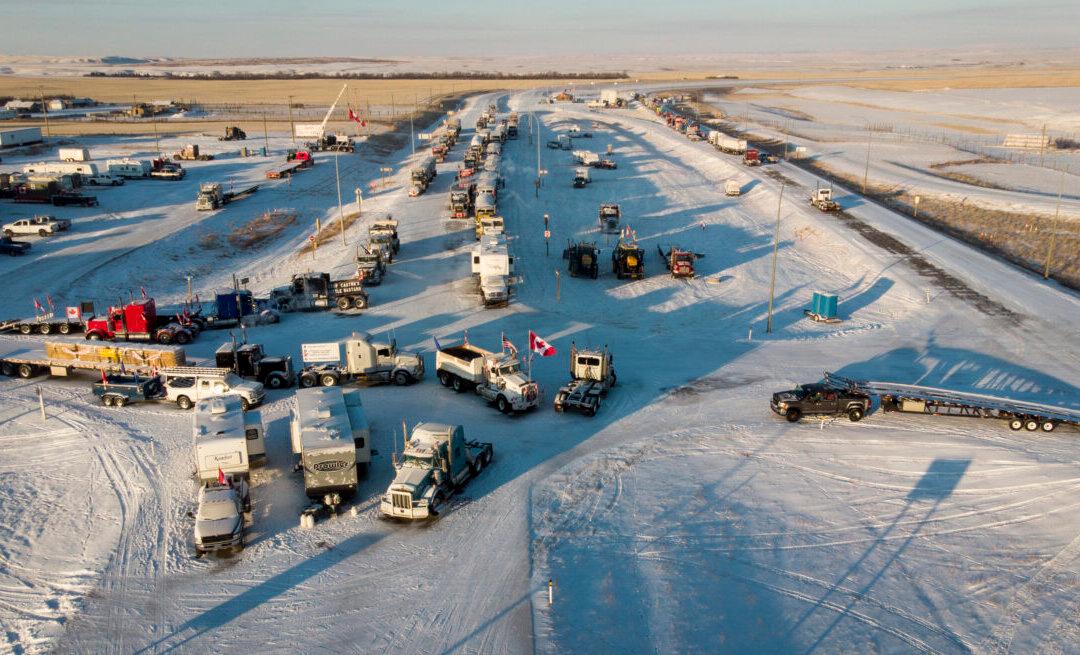After difficulty getting tow truck companies to agree to tow rigs at the Coutts border protest in February 2022, the Alberta government ultimately bought towing equipment from Kijiji and the Truck Trader, according to documents.
The provincial government ultimately bought $826,000 worth of equipment after various Alberta companies with towing or crane equipment were contacted by the RCMP by Feb. 1, and all “refused to assist,” according to a report filed with the Public Order Emergency Commission in August, and first reported on by Blacklocks Reporter on Nov. 14.





